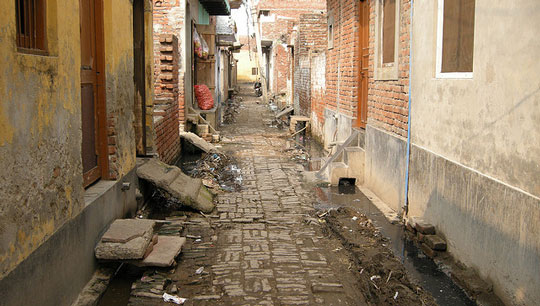
A new IDS Briefing looks at the potentials and pitfalls of the use of the ‘resilience agenda’ in talking about the role of the peri-urban space in urban expansion. One of the authors is STEPS Centre member Lyla Mehta.
From the text:
“While [the use of ‘resilience’ in urbanisation] is now commonplace, it is often used in ill-defined, multiple and potentially incompatible ways. For example, resilience can be used to refer to a goal, as an analytical/operational framework, as a metaphor to link ecological and social systems, or as a (largely meaningless) buzzword.
At one level, the loose definition associated with the term can be useful as a form of integrating discourse between disciplines, whereby resilience plays the role of ‘mobilising metaphor’ to bring together practitioners, policymakers, local actors, and communities of practice with different (or divergent) agendas around the same table. When disconnected agendas are a major impediment for appropriate planning, then resilience may prove a powerful ‘boundary concept’ to break down these silos and ensure a more integrated planning process. However, a systematic understanding of the various ways in which resilience is used is also critical for effective policymaking.”
The STEPS Centre’s work in this area involves our ongoing project on ‘uncertainty from below’ (which includes a case on urban India) and past research on sustainability and the peri-urban interface in India.
You can download the full briefing from the IDS website:
- The Potential and Limits of the ‘Resilience Agenda’ in Peri-urban Contexts
Béné, C., Cannon, T., Gupte, J., Mehta, L. and Tanner, T.
IDS Policy Briefing 63
Image: Lane in unauthorised colony by Pritpal Randhawa